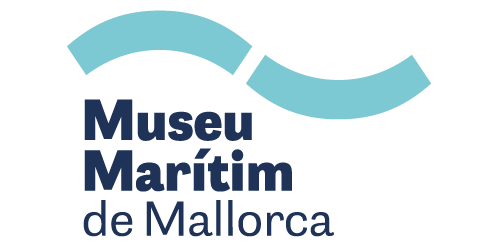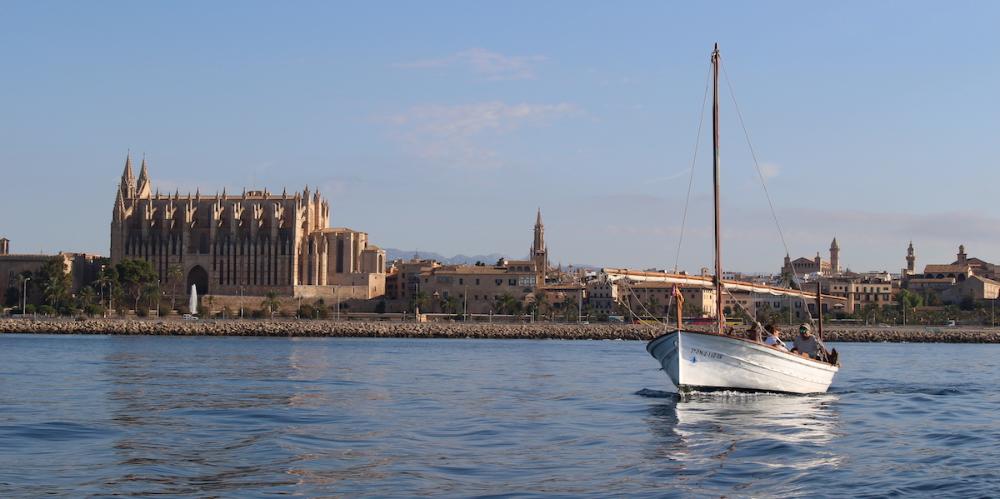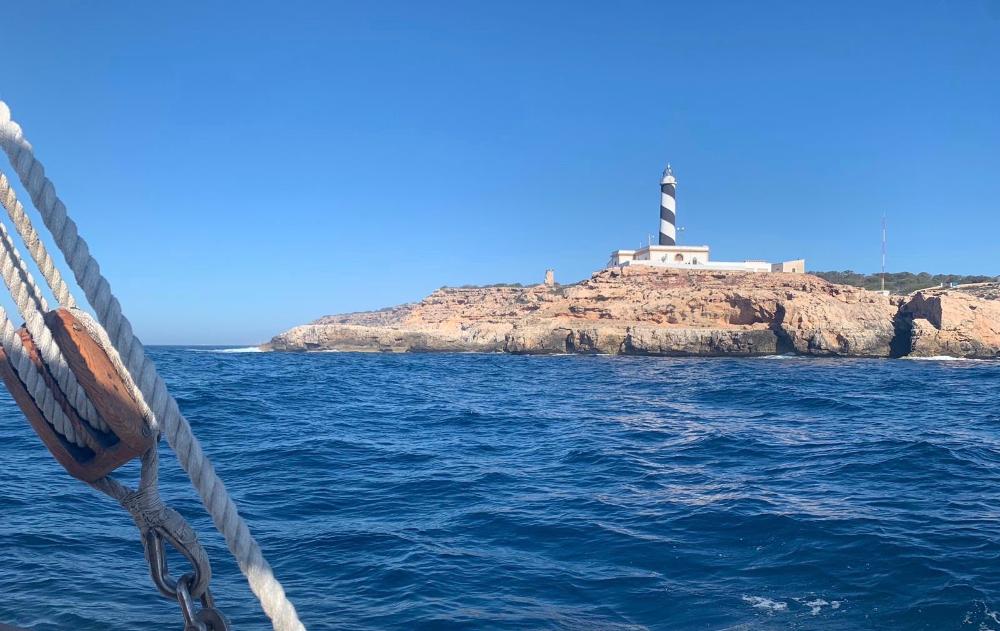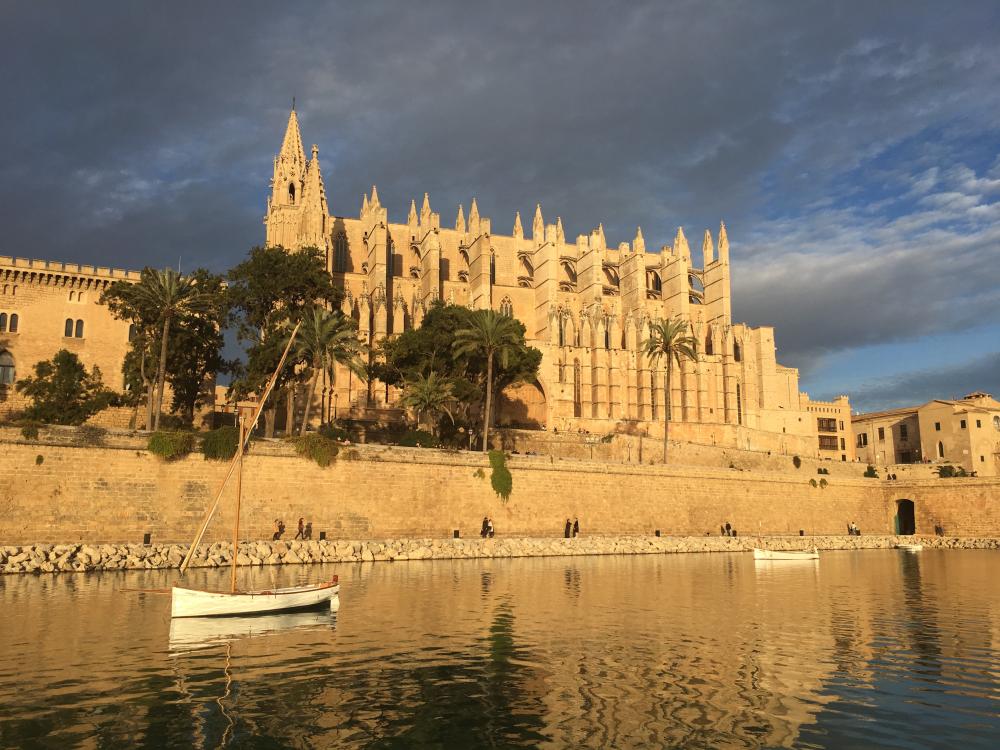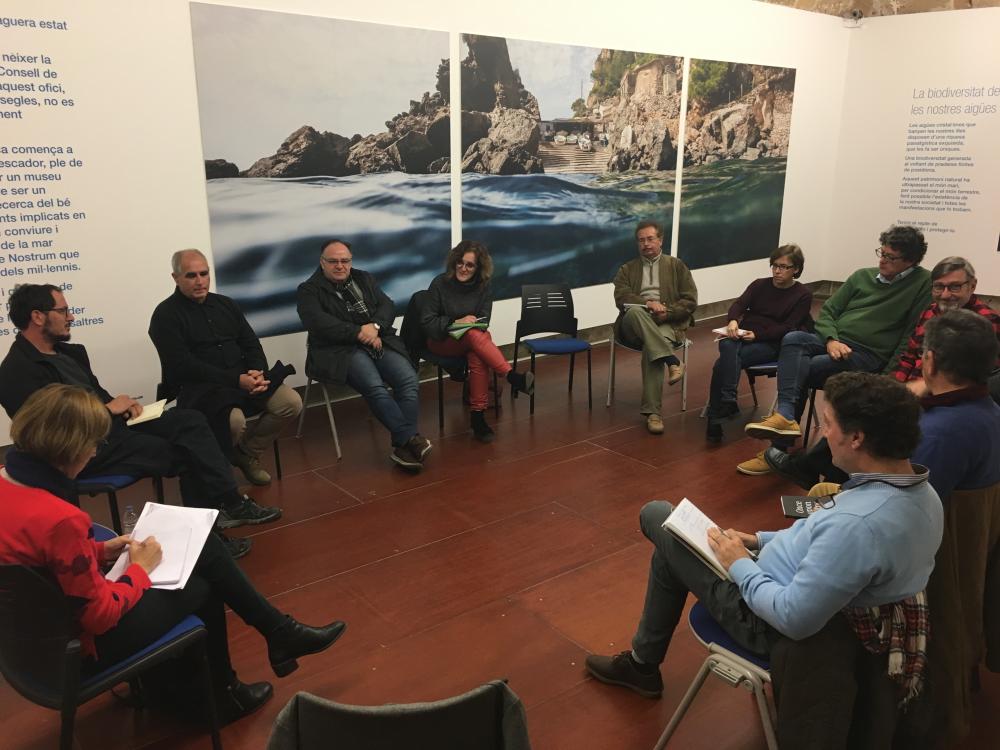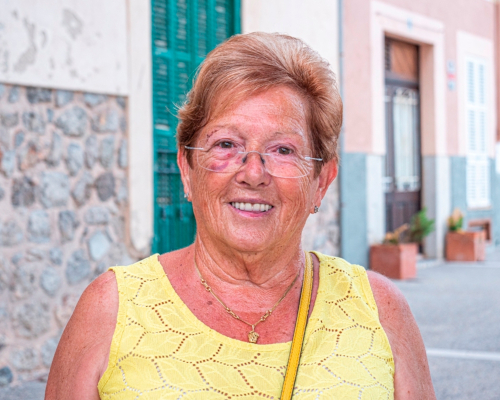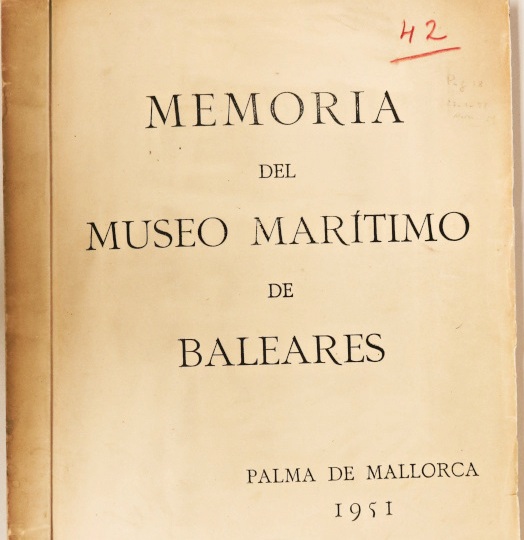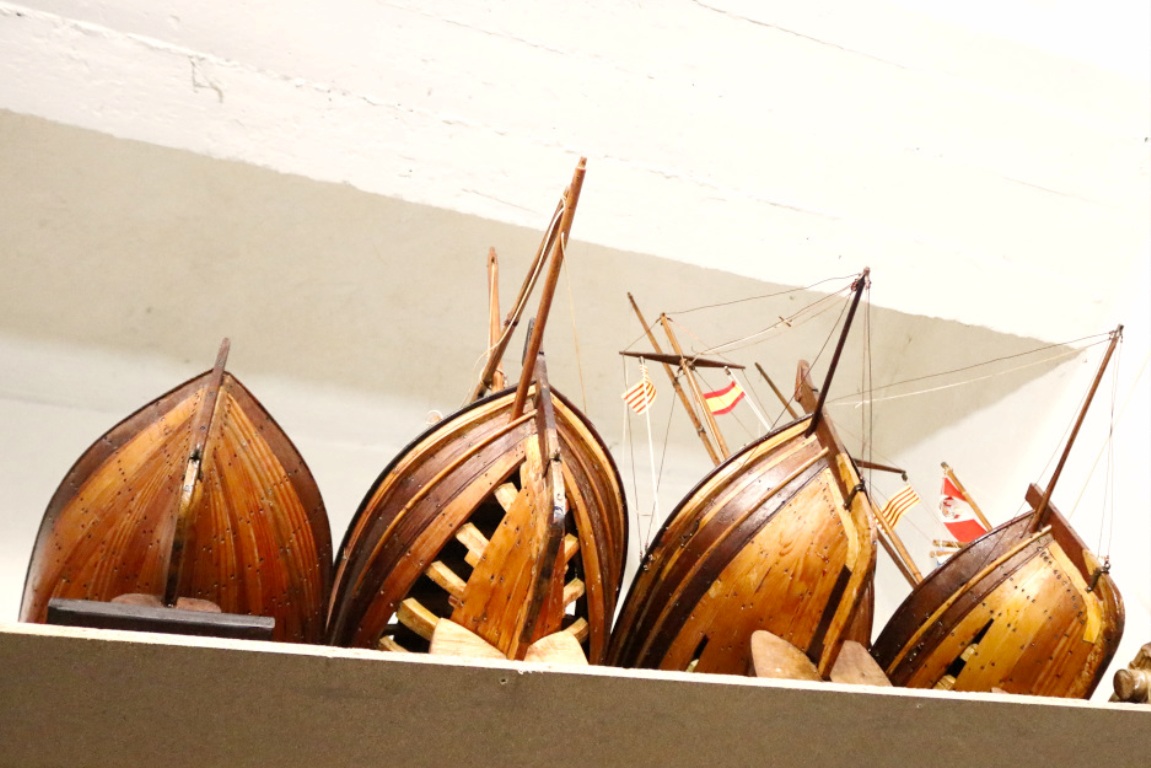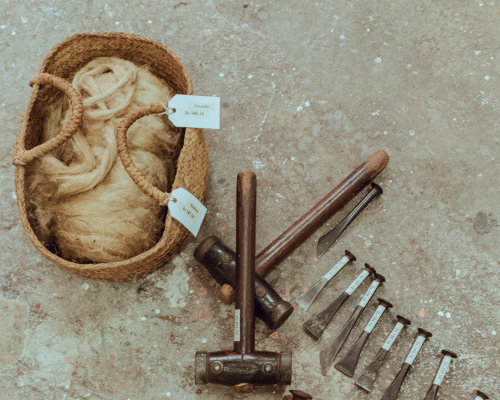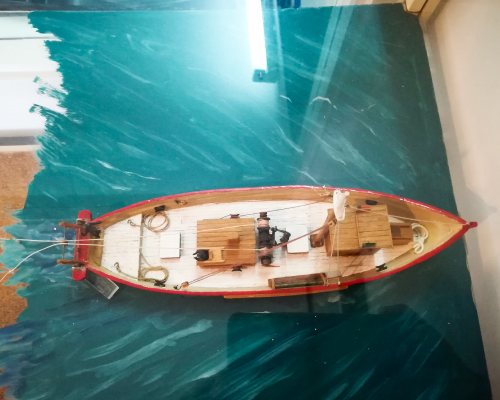Dialogues with the sea is a research project focused on three lines of work. First of all, we can find the intangible heritage which is being carried out by Maritime Museum around the oral memory. By the use of the collections that the Maritime Museum wants to acquire, there is a second line directly connected with tangible heritage. The third line exists thanks to the maritime community, who has been collecting cultural features, information, investigations and all this heritage which is still available.
Dialogues with the sea reflects the daily fight in order to transmit maritime knowledge from one generation to the next since time immemorial.
Oral memory
Research project focused on the oral memory of older people in Mallorca.
Maritime community
Interviews aimed at different groups representing the maritime community and who have developed different dissemination strategies aimed at preserving our maritime heritage.
«Històries de vida: els objectes ens parlen»
Study of some of the pieces that are part of the collection of the Maritime Museum of Mallorca from a social and micro-historical dimension.
